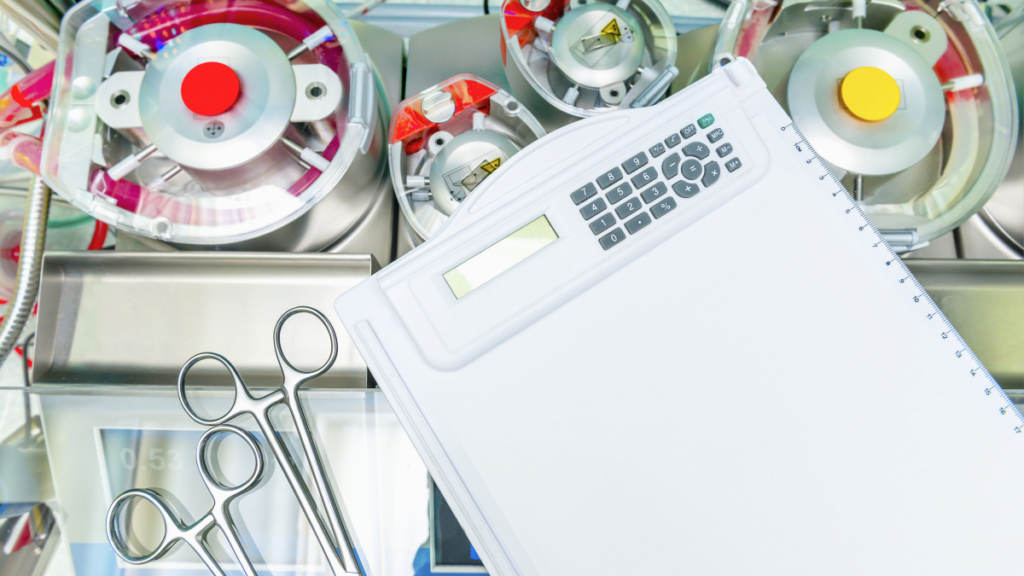Coagulation Ability when Separating from Cardiopulmonary Bypass With and Without Fresh Frozen Plasma: a Pilot Study

Objective
Several strategies are employed for administering fresh frozen plasma (FFP) during weaning from cardiopulmonary bypass (CPB). This study evaluated by coagulation function aimed to compare two strategies of administering FFP in cardiovascular surgery: administering 4 units of FFP before separating from CPB or administering it after weaning from CPB.
Methods
Thirty patients who underwent CPB and were expected to receive 8 units of FFP and 20 units of platelet concentrate were randomly allocated into group A (8 units of FFP and 20 units of platelet concentrate administered after separating from CPB) and group B (4 units of FFP administered before separation, and 4 units of FFP and 20 units of platelet concentrate administered after separating from CPB). Thromboelastography (TEG6s®, HAEMONETICS Japan GK, Tokyo, Japan) was conducted at four time points before and after separation. Blood test results, blood loss, and required amounts of blood transfusion were compared. The primary outcome was the difference in coagulation function evaluated by TEG6s 90 min after protamine administration.
Results
Twenty-eight patients were enrolled in the study. Coagulation function after separating from CPB was not significantly different between the groups. Additionally, no significant differences were found in intensive care unit outcomes, such as 24-h transfusion requirements.
Conclusions
Coagulation function 90 min after separating from CPB was not significantly different between the groups. Prior FFP administration before separation did not provide significant improvement in coagulation function.
